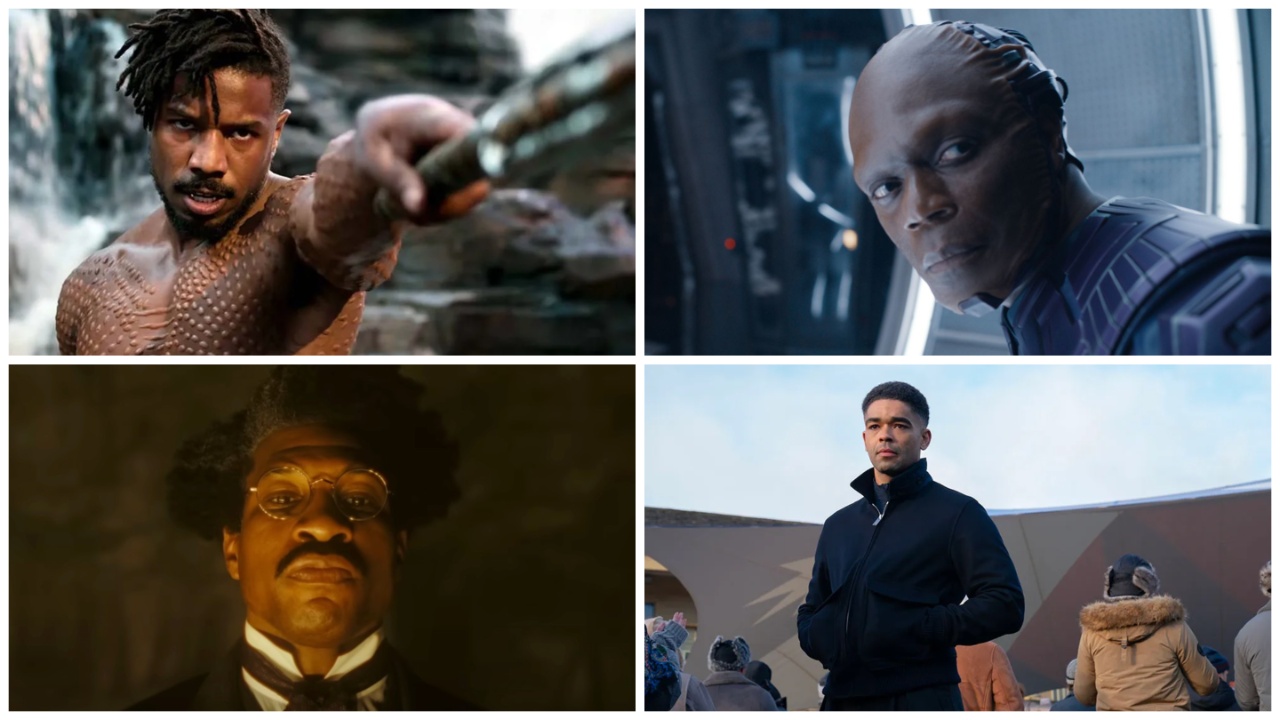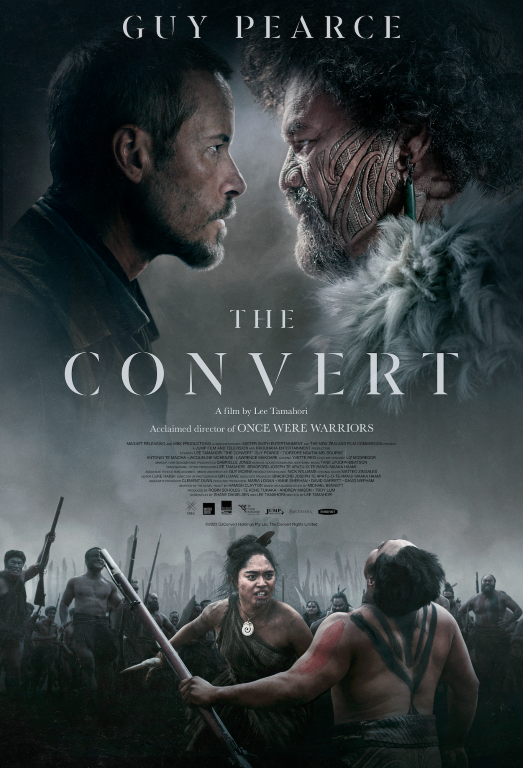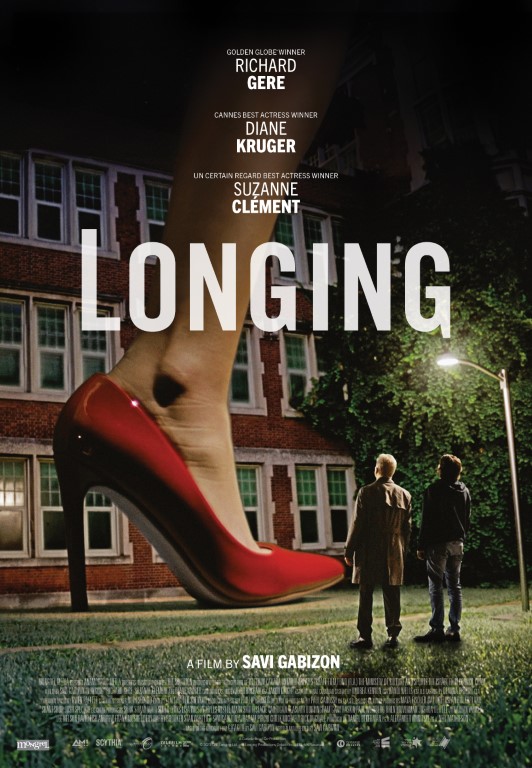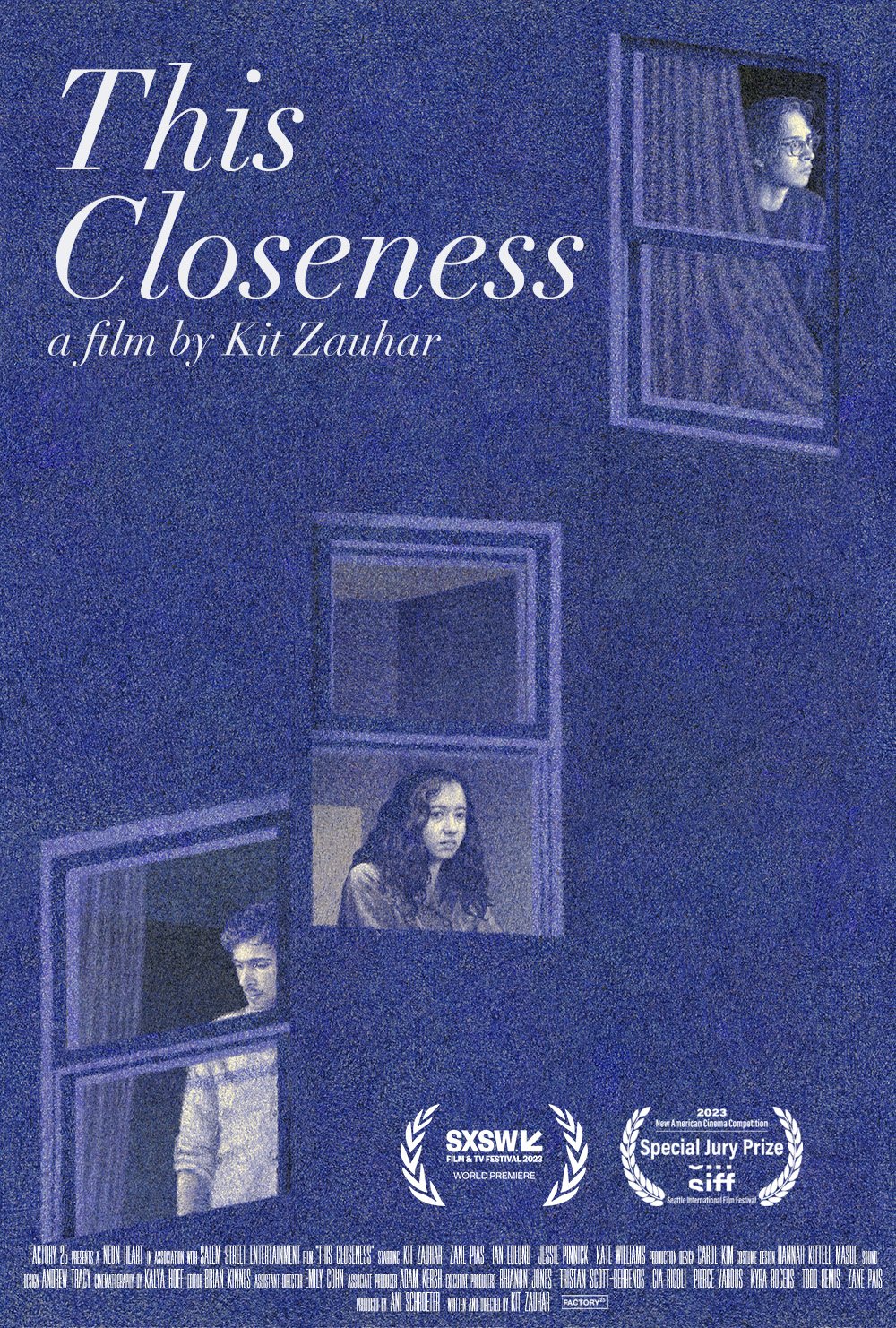Defining punk isn't easy. It never has been. At its core, it is more than music. It is an identity that flourishes in free expression. Still, if you ask anyone on the scene (the colloquial term for the punk community) they will tell you: We know it when we see it. Punk's expressions are legion. It is emotional and introspective. Also political. Its aesthetic is DIY, but it has a library stocked with iconography. It speaks to nonconformity yet glories in a three-chord structure. Rebellion is its beat, but it seeks a better world. Punk is abandonment and counterculture. Being part of the scene can be hidden until it bursts out of someone at a show (or on Aisle Six while shopping). After all of that, I know what you're thinking. The punk scene sounds like a nirvana for BIPOC people who seek spaces to BE and to do it LOUD. As mercurial as it has always been, punk is about acceptance, yet it isn't always accepting.
Black artists were there from the start. Death formed in 1964—three years before The Stooges and a decade before the first wave. Death is proto-punk. Meanwhile, recognizing our respect for Jett, Smith, and Sioux, Poly Styrene is our riot grrrl queen. She came first, with much respect due. Being a Black artist in America, no matter what art form, is often accompanied by the mainstream defining you for you. Other industry professionals don't flinch when they say, "You don't know the music" or, "You can't possibly be…" metal, emo, pop-punk, goth, ska, or [insert designation here].
Others can simply show up wearing the uniform—black chipped nails and earlobes rimmed with gauges—but Black Punks are hazed and frequently denied membership. You can see it in the erasure of those early bands, and the lack of buzz for the varied and incredible artists out there now, but you barely see their analogs on screen. Allow me to pause to send thanks to PUNK BLACK, Afropunk, and James Spooner for making space where none was given. Now, back to it.
When watching interviews with Black actors or creatives in Hollywood, you'll hear stories about executives who thought they could redefine Blackness. These execs are known to decide someone "isn't Black enough" and say it out loud. Beyond giving notice, no one can define "Black" for us. Painters know the deepest blacks require mixing magenta, yellow, and blue. What I'm saying is: Blackness has many hues. Yet the attitudes so narrowly defining "the culture" leaves us with dissatisfying and damaging archetypes. On television and in movies, so much of our fullness is missing.
We can be everything you've seen on the screen, true, but we are far more expansive. Blackness in Hollywood isn't even a solar system, while we are galaxies. That must be why, when a Black punk character shows up, we celebrate them like a long-lost cousin who finally made it to the cookout. Thus, on this Juneteenth week, we're rocking with the fictional Black and Afro-Punk characters who reach out and grab us from inside our screens.

"Taking a crap on the establishment. I salute you." – Hobie Brown, "Spider-Man: Across the Spider-Verse"
If you've seen "Spider-Man: Across the Spider-Verse," or if you're on the internet, you've witnessed the excitement over Hobie Brown, AKA Spider-Punk (voiced by Daniel Kaluuya). The current version of the character was created in 2015 by Dan Slott and Olivier Coipel, a Black French artist. Although originally an alter-ego to The Prowler, the transformation into Spider-Punk was all Coipel. "The whole reason he exists is that Olivier designed him to be our Spider-UK, I asked for a redesign—but told Olivier that I loved his design so much that we'd use it for a character all their own," Slott tweeted.
The buzz over Spider-Punk sizzled like electricity through theaters. Alternative kids, especially the Black, Brown, and Golden ones, felt "scene" for the first time beyond the music. With his freeform locs, fanzine animation, and anarchist sensibilities, Spider-Punk presents a mixture of Jean-Michael Basquiat, the British late 70s band Basement 5, and the ethos of FEVER 333 frontman Jason Aalon Butler. How could we resist? We didn't. Hobie believes in Miles, encouraging him to be his own boss and build his own watch when the Spider-Establishment wouldn't give him one. That's the DIY spirit the punk community craves. Theme Music Pick: "ONE OF US" - FEVER 333 (explicit lyrics)
We connect to Hobie on screen, not because he is new, but because he is familiar yet often unrecognized. Same as Black punks. Art Shapes Culture is my ruling artistic principle. When applied to entertainment, it means the stories told about us will continue to define us if we don't spin the tales for ourselves. The Black and Afro-Punk characters who thrill us are as hard to categorize as the communities they represent. That is what makes them great.

"I used to think I had to do this all by myself." – Death, The Sandman
The proto-punk band Death has a motto, "Before there was punk, there was Death." In Neil Gaiman's The Sandman, this takes on new meaning. Whether she's considered goth or emo, the Netflix live-action Death (Kirby Howell-Baptiste) represents the culture and the community. Although the scene-queen Cinamon Hadley originally inspired the character, specifically for her Deathrock styling, Gaiman chose Baptiste because she personifies the character best.
Death is universal. It is the last dance for every creature, planet, or star. Inside the world of The Sandman, true to her nature, it doesn't matter which ethnicity or even gender Death takes on. However, out here, her Blackness enhances her symbolism and her compassion lands differently. In true-to-life punk aesthetic, Death is willing to get down and get dirty—to feel things for herself and understand humanity better. Even if what she must do is die. Her empathy and humanitarianism are the major punk principles that make Death iconic. Theme Music Pick: "Fall Asleep" - Big Joanie
Afro-Punk characters break out of narrow archetypes and offer us anti-heroes we can rock with. We know them when we see them. They represent the "un-scene" faces of punk. And our goth queen, Death transforms societal fears of what comes next into acceptance.

"I'm not your puppet anymore." – Kat Elliot, Wendell & Wild
Of course, we must talk about the rebellious punk spirit. The lead character in "Wendell & Wild" might have a playlist filled with golden-age punk rock (thanks to her Dad), but Kat Elliot (Lyric Ross) is pure post-punk. From her green afro puffs to her Vivienne Westwood-inspired plaid skirt and oversized safety pins, Kat is a rebel. One who combines what punk was with what it is becoming. When she unleashes her identity at school—with her tricked-out boombox and her boots made for stomping—it is a form of connection through blatant honesty. She's saying, "This is who I am," because punk is truth [sic]. Look for Meet Me @ The Altar, Pleasure Venom, and Nova Twins to see and hear for yourselves. Those real-life Kats are proof. Theme Music Pick: "Say It (To My Face)" - Meet Me @ The Altar
In this world of conformity, the "Me" reigns throughout the punk scene. Speaking quietly or screaming at peak volume, the conversation among Black punks is an "accept me or nah" proposition. While another subset finds the balance between mainstream life and punk expression, redefining being unseen by choice while remaining punk AF on the inside. It's all valid. Not because I say so but, to paraphrase Audre Lorde, because we must define ourselves for ourselves.

… And Many More
Black filmmakers like Danny Denial ("Bazzooka," "Kill Me to Death") and Laci Dent ("Into the Night") are populating the cinematic landscape with fictional characters who span the intersection of BIPOC, punk, and queer perspectives. In biopics, Debby Bishop plays Phoebe in "Sid and Nancy" (1986), a friend and tour manager for the Sex Pistols.
The list doesn't end there. Whether hidden in day-to-day life, rebuilding society, or creating havens within a male-ruled hellscape. Characters like Sahar from "We Are Lady Parts," Aunty Entity from "Mad Max: Beyond Thunderdome," and Gail from "Sin City," show Black riot grrls taking the lead. While Ogun Montgomery, from the paranormal anime series "Fire Force," is a balance of punk and Black culture. His power is Flamy Ink, which manifests in a flaming full-body tattoo. He's a skater too. Ogun is so pop-punk you can imagine him on Warped Tour, wearing throwback Vans, portrayed by KennyHoopla.
"It was never a phase." – the Scene
With all of that said, having this conversation during the week of Juneteenth is synchronicity. While the scene will forever defy definition, there is one sustaining factor. PUNK IS FREEDOM. Black people know a lot about that.
RECOMMENDED VIEWING:
"Afro-Punk" (2003 documentary) - An award-winning documentary from James Spooner that explores "the roles of African-Americans within what was then an overwhelmingly white punk scene across the United States of America."
"FATHEAD" (2023 short) - Set in a post-apocalyptic world, when one of the last free children of Junkyard Paradise has her brother stolen away from her, no Ragamuffin army or vicious beasts will stop her from getting him back.
"Poly Styrene: I Am a Cliché" (2021 documentary) - A visual journal recorded in two sets of handwriting. The first is from Styrene herself the second is from her daughter, Celeste Bell. Ultimately the documentary is a work of catharsis through which Bell reconciles herself to the many shades of the colorful life she lived with her mother.











